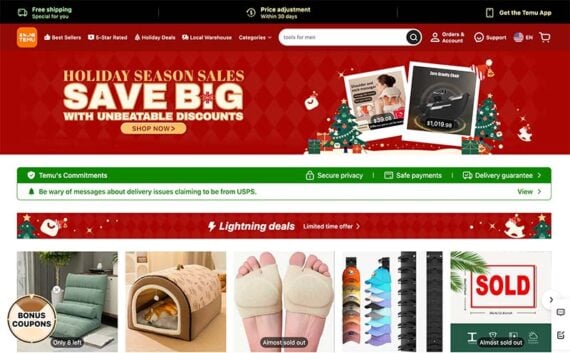“Ask an Expert” is an occasional feature where we pose questions to seasoned ecommerce pros. For this installment, we’ve turned to Arjus Dashi, a longtime ecommerce developer and founder of Frontlevels, an Italy-based agency serving online merchants worldwide.
He addresses the solutions to slow ecommerce checkouts.
Practical Ecommerce: How can merchants diagnose and repair slow ecommerce checkouts?
Arjus Dashi: In ecommerce, faster page loads equate to more revenue. Yet no page is more important than the checkout, the final step that can make or break the sale. Here are the common causes of slow checkouts and my go-to solutions for fixing them.

Arjus Dashi
Common glitches:
- Unoptimized code and integrations. Checkout pages involve complex interactions such as real-time inventory checks, fraud detection tools, shipping calculators, and payment gateways. Each adds external API calls. Inefficient or buggy code can seriously slow these connections, frustrating users.
- Server overloads. Merchants using standalone hosting companies should stress-test servers for peak traffic levels. For instance, an ecommerce site anticipating 100 concurrent users on Black Friday should ensure its checkout can handle that load and a 20% buffer.
- Complicated processes. Lengthy forms, unnecessary fields, mandatory account creation, and excessive confirmation steps can frustrate users. A cluttered experience leads to confusion and abandonment.
- Lack of transparency. Unexpected shipping costs or other charges can cause hesitation. Users value honesty. Hidden fees erode trust and result in lost sales.
How to fix:
- Refactor code and dependencies. Use Chrome’s or Mozilla’s inspection tools to analyze checkout performance. Go to the checkout page and open the inspection tool (Mac: Command + Option + I. Windows/Linux: Control + Shift + C). Then start recording at the “Recorder” tab. Reload the page and stop recording after the load is complete. The timeline provides insights into JavaScript, API calls, CSS, and layout shifts to identify bottlenecks and optimize dependencies for faster loading times.
- Monitor performance regularly. Lighthouse, available in the browser inspection tools, analyzes your page’s performance. It highlights slowdowns and provides actionable solutions. One key metric is TTFB (“Time to First Byte”), which measures how quickly the server responds to the initial request. A high TTFB often signals hosting inefficiencies.
- Use reliable SaaS platforms. Many reputable SaaS ecommerce platforms have robust, optimized checkouts for high-traffic scenarios. Examples include Shopify, BigCommerce, Wix, and many more.
- Simplify the process. Streamline the checkout by eliminating unnecessary steps. Consider (i) offering guest checkout to avoid mandatory account creation, (ii) removing optional fields, and (iii) displaying a progress bar to help users track their steps.
- Disclose all costs. Disclose shipping costs and fees upfront. It builds trust and reduces hesitation during checkout.





